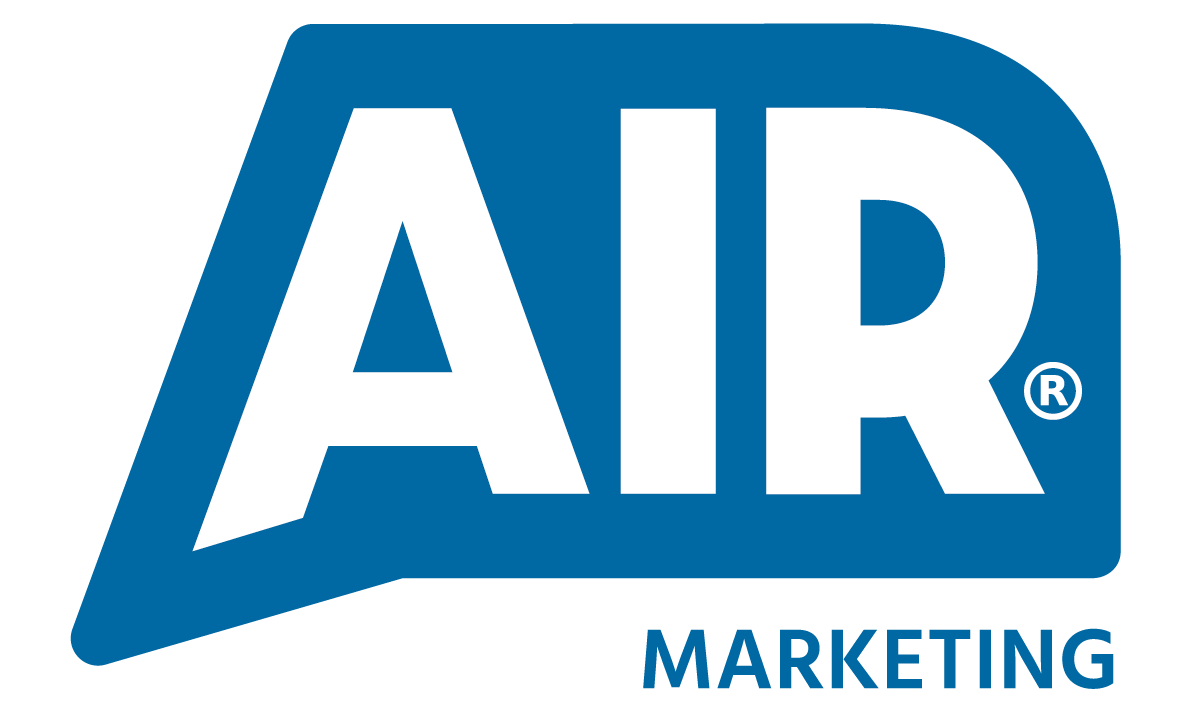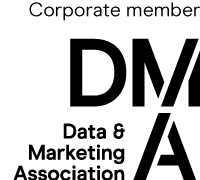In an era where switching providers is easier than ever, utility companies risk losing customers not just to better prices, but to a lack of meaningful connection.
While most marketing efforts focus on customer acquisition, sustainable growth requires a proactive retention strategy. Utilities companies must shift their approach, leveraging personalised content, automated engagement, and customer advocacy to enhance loyalty and lifetime value.
The Challenges of Retention in the Utilities Industry
Unlike other industries, utilities companies often struggle with long-term customer relationships. The key issues include:
- High Customer Churn – Customers frequently switch providers for better pricing, making retention difficult.
- Acquisition-Focused Marketing – Many utilities invest heavily in acquiring new customers but neglect retention efforts.
- Transactional Relationships – Customer engagement is often limited to billing, leading to weak emotional connections.
- To build lasting relationships, utilities providers must rethink their engagement strategies.
Personalised Experiences for Stronger, Lasting Relationships
Customers today expect personalised experiences, even from utility providers. Generic communication leads to disengagement, but tailored content strengthens relationships, boosts satisfaction, and improves retention. Here’s how utility providers can make it work:
- Customers expect tailored experiences across all industries, including utilities. Personalised content can help providers root deeper connections.
- Segmented Email Campaigns – Sending targeted content based on customer usage patterns, preferences, and demographics keeps them engaged.
- Energy Usage Insights – Offering personalised reports and recommendations on reducing energy consumption adds value beyond service delivery.
- Customised Offers & Rewards – Providing exclusive discounts or loyalty rewards based on customer behaviour can increase retention.
- By leveraging customer data, utility companies can create marketing campaigns that feel relevant and meaningful.
Keeping it Consistent with Automated Engagement
Automation keeps utility providers connected through billing reminders, AI chatbots, and triggered campaigns. When customers feel valued, they stay loyal: timely, relevant interactions matter.
- Automation ensures that utility companies maintain ongoing engagement with customers without requiring constant manual effort.
- Proactive Billing & Payment Reminders – Automated notifications can help prevent late payments and reduce frustration.
- Chatbots & AI-Powered Support – Instant responses to customer inquiries improve satisfaction and prevent frustration-driven churn.
- Triggered Engagement Campaigns – Sending automated messages based on customer actions (e.g., contract renewals, high usage alerts) keeps customers informed and engaged.
- When customers feel valued and supported, they are less likely to seek alternatives.
From Customers to Champions
Happy customers drive loyalty. Referral programs, reviews, and community engagement turn them into brand champions: here’s how utilities can harness advocacy effectively.
- Word-of-mouth and peer recommendations are powerful drivers of loyalty. Utilities companies can encourage advocacy by turning satisfied customers into brand champions.
- Referral Programs – Offering incentives for customers who refer friends or family can increase retention while driving new customer acquisition.
- User-Generated Content & Reviews – Encouraging customers to share their positive experiences builds trust with potential and existing customers.
- Community Engagement & Education – Hosting webinars, workshops, or community initiatives can strengthen relationships beyond service transactions.
- Loyal customers who feel appreciated are more likely to stay and recommend the provider to others.
- Shifting from Transactions to Relationships
- To reduce churn, utilities companies must transition from transactional interactions to value-driven engagement. Rather than focusing solely on pricing, providers should:
- Educate Customers – Providing ongoing energy-saving tips and usage insights builds trust and perceived value.
- Be Proactive – Addressing issues before they arise (e.g., outage notifications, contract renewal reminders) improves the customer experience.
- Offer Continuous Value – Regular engagement through useful content, rewards, and support strengthens long-term relationships.
Winning customer loyalty in the utilities sector takes more than low prices—it requires strategic engagement. By leveraging personalised marketing, automation, and advocacy, utility providers can turn one-time customers into long-term brand champions.
Looking to strengthen your retention strategy? Our marketing experts can help you implement retention strategies to create meaningful customer connections that drive loyalty and growth. Let’s talk about how we can support your business.
Opinion piece by Digital Marketing Lead, Nicola Roberts.












